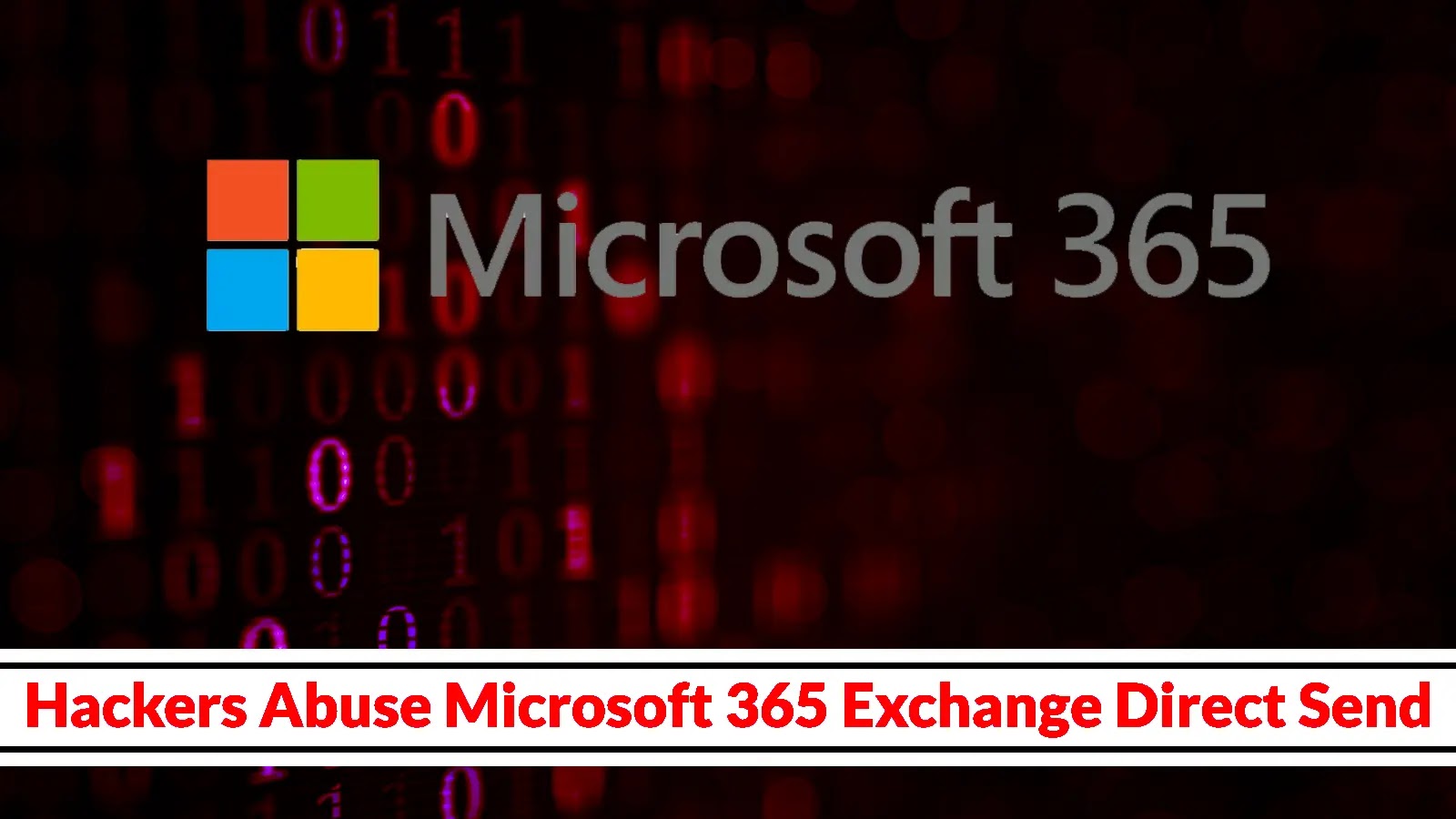Microsoft 365’s Exchange Online includes a feature known as Direct Send, originally designed to facilitate email transmission from legacy devices and applications without the need for authentication. This functionality was intended to support devices like multifunction printers and older business applications, allowing them to send emails seamlessly within an organization. However, this convenience has been co-opted by cybercriminals to conduct sophisticated phishing and business email compromise (BEC) attacks.
Understanding Direct Send and Its Exploitation
Direct Send enables devices to send emails by bypassing standard authentication protocols. While this simplifies operations for certain devices, it inadvertently creates a vulnerability. Cyber attackers have identified and exploited this loophole to dispatch unauthenticated emails that appear to originate from trusted internal sources. By mimicking legitimate device traffic, these malicious actors can impersonate executives, IT departments, or other internal users, making their fraudulent messages more convincing.
The Mechanics of the Attack
The exploitation of Direct Send primarily involves circumventing three critical email authentication protocols:
1. DomainKeys Identified Mail (DKIM): This protocol uses cryptographic signatures to verify that an email was indeed sent by the claimed sender.
2. Sender Policy Framework (SPF): SPF checks if the sending mail server is authorized to send emails on behalf of the domain.
3. Domain-based Message Authentication, Reporting, and Conformance (DMARC): DMARC builds upon DKIM and SPF to prevent email spoofing.
Under normal circumstances, these protocols work in tandem to authenticate emails and protect recipients from spoofed messages. However, Direct Send allows emails to bypass these checks, enabling attackers to deliver spoofed messages directly to recipients without triggering security alerts.
Tactics Employed by Cybercriminals
To enhance the effectiveness of their attacks, cybercriminals employ various tactics:
– Social Engineering Lures: Attackers craft emails with themes that prompt immediate action, such as task approvals, voicemail notifications, or payment requests. These lures are designed to manipulate recipients into divulging sensitive information or clicking on malicious links.
– Embedding Malicious Content: Some campaigns involve embedding QR codes within PDFs or sending emails with obfuscated attachments. These methods help evade traditional content filters and direct victims to credential harvesting pages.
Detection and Response
Security researchers from organizations like Cisco Talos, Varonis, Abnormal Security, Ironscales, Proofpoint, Barracuda, and Mimecast have observed a surge in malicious campaigns exploiting Direct Send. These campaigns are characterized by:
– Impersonation of Internal Entities: Emails appear to come from within the organization, increasing the likelihood of recipient trust.
– Bypassing Content Filters: By leveraging Direct Send, attackers can evade traditional email security measures that rely on authentication protocols.
Microsoft’s Response and Recommendations
In response to these threats, Microsoft has introduced several measures:
– RejectDirectSend Control: A Public Preview of this control allows organizations to disable Direct Send, preventing unauthenticated emails from being sent.
– Enhanced Reporting: Future updates will include Direct Send-specific usage reports, enabling organizations to monitor and manage the use of this feature more effectively.
– Default Configurations: For new tenants, Direct Send will be disabled by default, reducing the risk of exploitation.
Mitigation Strategies for Organizations
To protect against the exploitation of Direct Send, organizations should consider the following steps:
1. Disable Direct Send: If feasible, disable the Direct Send feature using the command:
“`
Set-OrganizationConfig -RejectDirectSend $true
“`
Before implementing this change, validate legitimate mail flows to ensure that essential communications are not disrupted.
2. Migrate to Authenticated SMTP Submission: Transition devices and applications to use authenticated SMTP submission on port 587. This approach requires devices to authenticate before sending emails, enhancing security.
3. Implement IP Restrictions: For devices that cannot authenticate properly, apply tightly scoped IP restrictions. This measure limits the range of IP addresses that can send emails, reducing the risk of unauthorized access.
Conclusion
The exploitation of Microsoft 365’s Direct Send feature underscores the evolving tactics of cybercriminals who continuously seek to leverage legitimate functionalities for malicious purposes. By understanding the mechanics of these attacks and implementing proactive security measures, organizations can bolster their defenses against sophisticated phishing and BEC campaigns.



